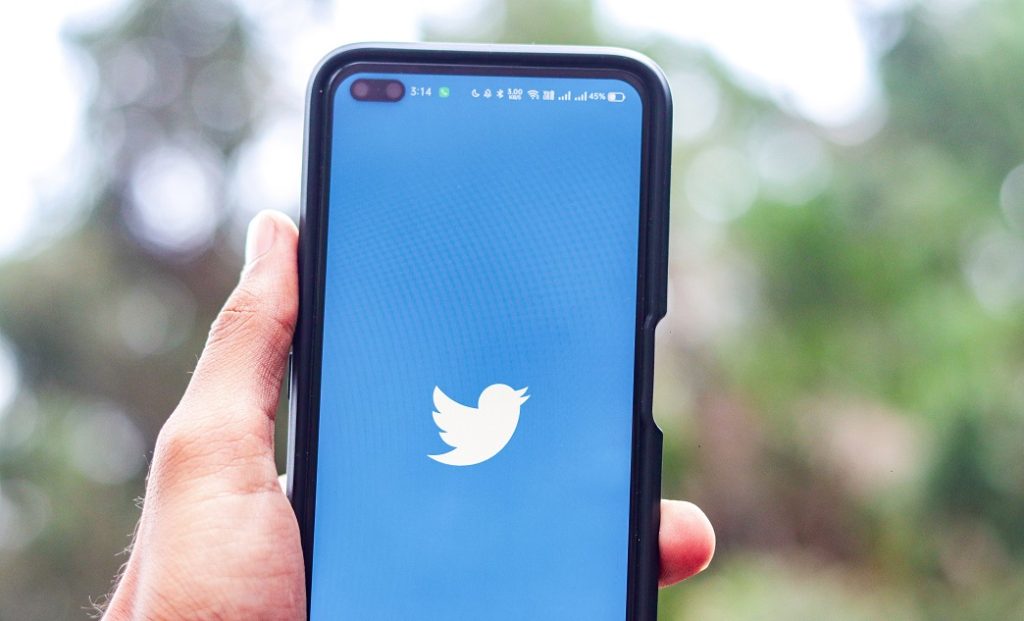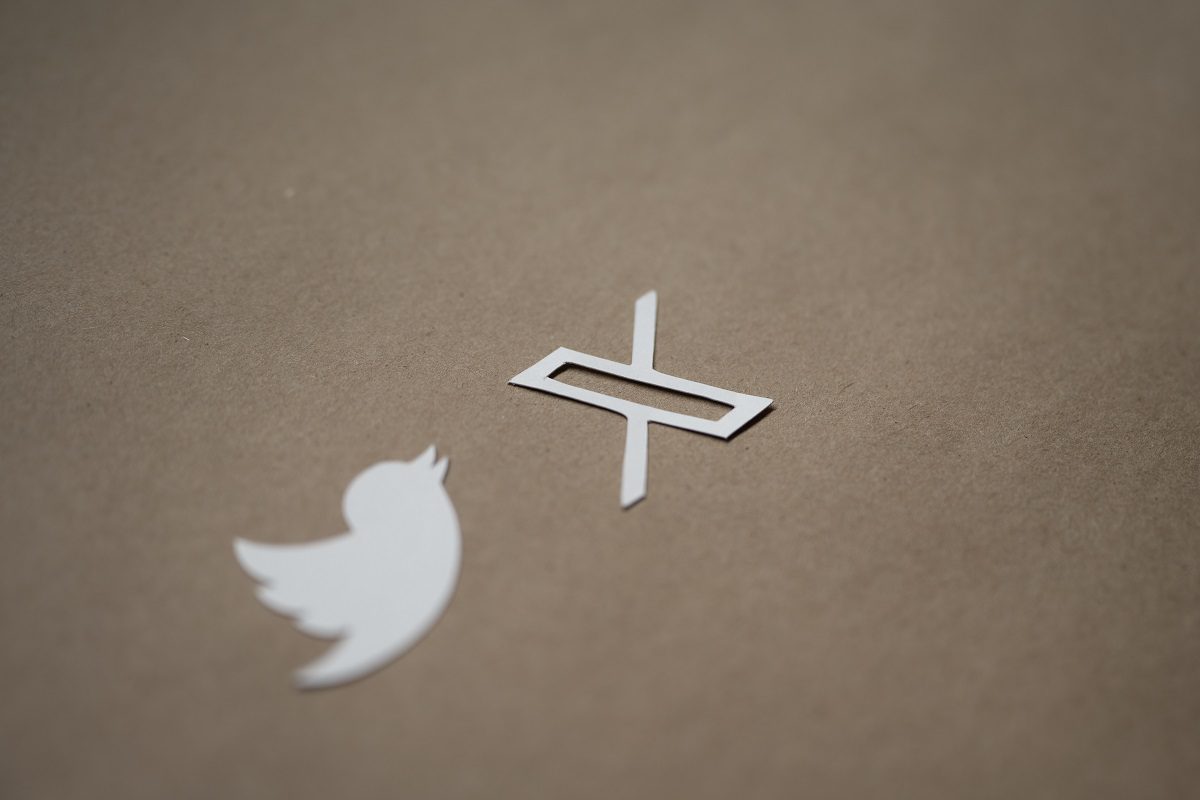
Twitter Launches Encrypted DMs for Verified Users
After much anticipation, Twitter has finally rolled out its first version of encrypted Direct Messages (DMs), but there are a few limitations. As of now, only verified users, including Blue subscribers and accounts associated with verified organizations, have access to this feature. Additionally, the encryption feature is not compatible with group messages, and Twitter does not provide protection against man-in-the-middle attacks.
Twitter claims that encryption works across platforms, but the recipient must follow the sender to enable it. Alternatively, if a user has chatted with the sender before or accepted their DM request, encryption can be enabled. If users are eligible for an encrypted conversation, the sender will see an option to turn on encryption via a toggle on the new chat screen. To enable encryption for an existing conversation, users can tap on the information icon in the corner of the conversation screen and click on the option that says “Start an encrypted message.”

Encrypted conversations appear differently from normal conversations, as Twitter places a lock badge on the recipient’s profile picture, and the company will display a “Messages are encrypted” banner at the top of the conversation. However, Twitter has some limitations in place for this implementation. On the conversational level, Twitter only supports encryption for one-to-one messages with text and links, and media is currently not supported in encrypted conversations.
Additionally, users cannot use a new device to join an existing encrypted conversation. They must either use the same device with which they initiated an encrypted conversation or start a new conversation when they get a new device. Users can only use ten devices in total to use the encryption feature, and there is no way to deregister a device to make room for a new one.
Twitter does not offer a key backup option, which means that all encrypted messages on a device will be wiped out if a user logs out of their account. Although private keys do not delete from the device on logout, only messages. Users will be able to access existing conversations if they log in again from the same device. Twitter cautions that users should not use the encryption feature on shared devices because of this limitation, which may change when Twitter starts offering a key backup option.
However, there are doubts about the feature’s security offering. Twitter has not disclosed the cryptographic standard used for this feature but claimed to deploy “a combination of strong cryptographic schemes.” Twitter’s encryption feature also does not offer forward secrecy protection, which means an attacker can access all of a user’s past conversations if they get access to a compromised device. Twitter said that it chose not to implement this feature so users could access their unencrypted DMs on any device.
At the moment, Twitter does not offer signature checks or message verification features. Therefore, devices themselves cannot check the authenticity of the message, and people cannot use methods like comparing number strings to verify encryption protection. This makes the system vulnerable to man-in-the-middle attacks, meaning an attacker can read your messages if security is compromised. Twitter hinted that it could give this conversation up to authorities as part of a legal process due to the current design flaws.
Elon Musk expressed his desire to “superset Signal” with Twitter DMs after taking over the company. However, with the current set of limitations, it does not offer the same level of protection that Signal or other apps offer. Both Signal and WhatsApp offer end-to-end encryption for all kinds of conversations, and Signal does not log any metadata about contacts or messages.



